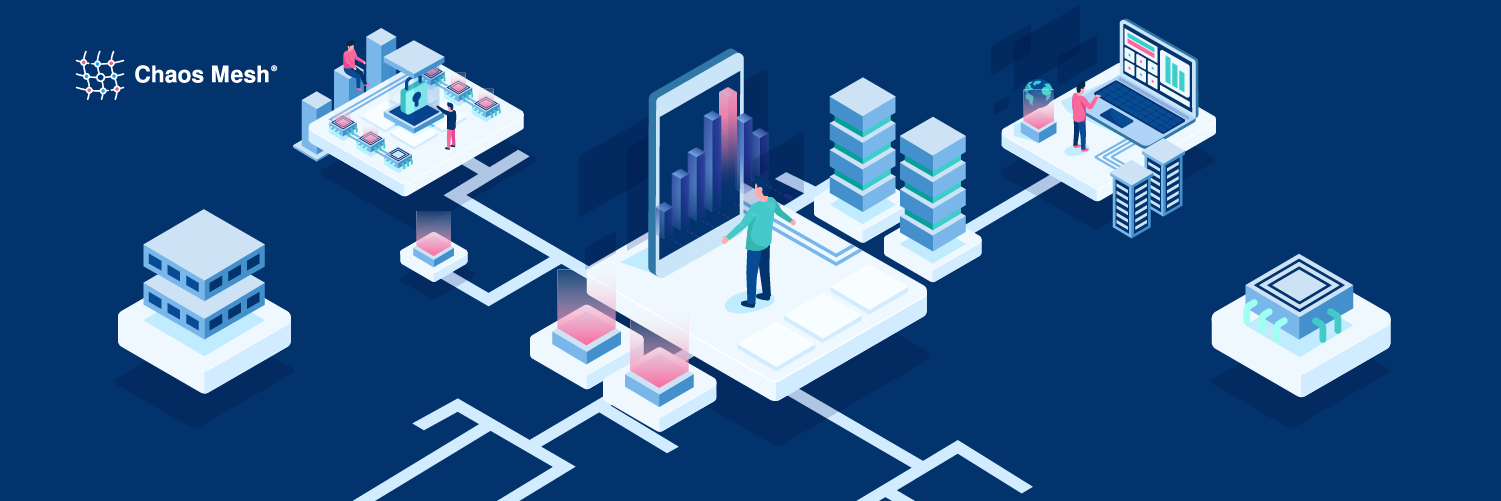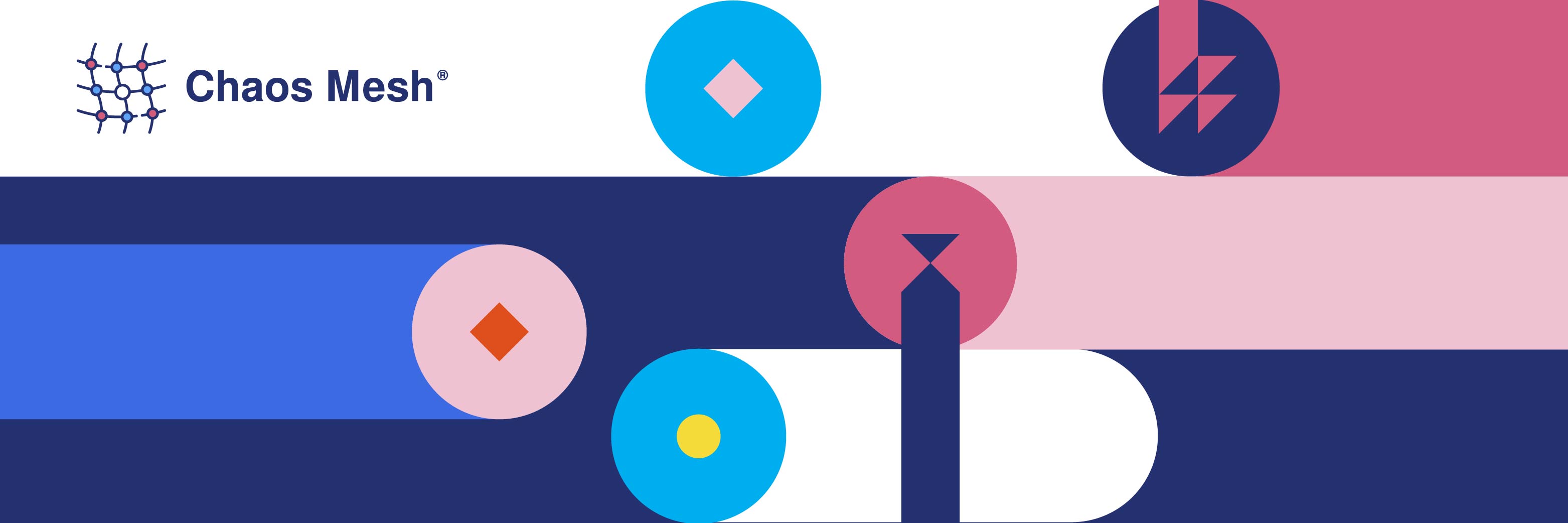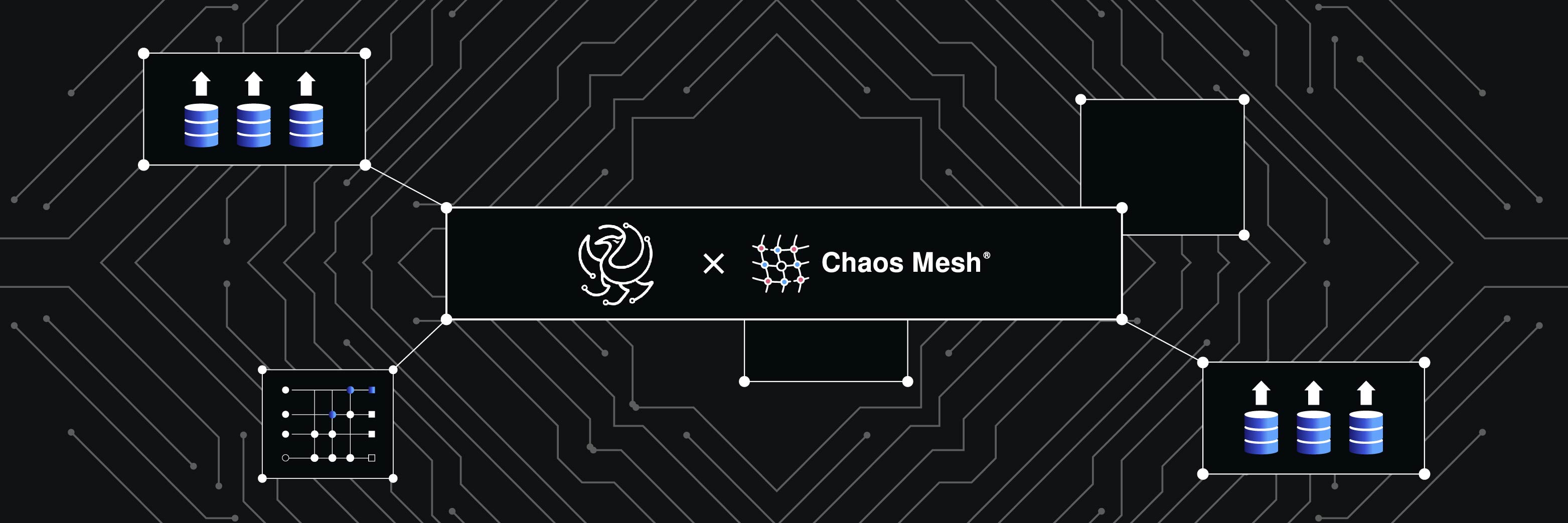Chaos Mesh 2.0: To a Chaos Engineering Ecology

On July 23, 2021, Chaos Mesh 2.0 was made generally available! It’s an exciting release, marking a solid milestone towards the chaos engineering ecology that we hope to build.

On July 23, 2021, Chaos Mesh 2.0 was made generally available! It’s an exciting release, marking a solid milestone towards the chaos engineering ecology that we hope to build.

The Chaos Mesh project just hit two major milestones: the community recently welcomed our 100th contributor to the chaos-mesh repo and 1,000 followers on Twitter!

At KubeCon EU 2021, the Chaos Mesh team hosted two “office hours sessions” where newcomers, community members, and project maintainers had a chance to chat, get to know each other, and learn more about the project.

A multi-tenant cluster is shared by multiple users and/or workloads which are referred to as "tenants".The operators of multi-tenant clusters must isolate tenants from each other to minimize the damage that a compromised or malicious tenant can do to the cluster and other tenants.

Chaos Mesh includes the StressChaos tool, which allows you to inject CPU and memory stress into your Pod. This tool can be very useful when you test or benchmark a CPU-sensitive or memory-sensitive program and want to know its behavior under pressure.
However, as we tested and used StressChaos, we found some issues with usability and performance. For example, why does StressChaos use far less memory than we configured? To correct these issues, we developed a new set of tests. In this article, I'll describe how we troubleshooted these issues and corrected them. This information will enable you to get the most out of StressChaos.

Chaos Mesh is a cloud-native Chaos Engineering platform that orchestrates chaos in Kubernetes environments. With Chaos Mesh, you can test your system's resilience and robustness on Kubernetes by injecting all types of faults into Pods, network, file system, and even the kernel.

I’m a junior undergraduate majoring in Biomedical Engineering in the Department of Biotechnology and Medical Engineering at the National Institute of Technology Rourkela, India. For someone who started to code only because I was fascinated by it, it was all a journey of self-learning, filled with various adversities. But when I started with open-source contributions, it was all very beginner-friendly and I came across a lot of people who helped me learn the tech stack better.

It’s been a year since Chaos Mesh was first open-sourced on GitHub. Chaos Mesh started out as a mere fault injection tool and is now heading towards the goal of building a chaos engineering ecology. Meanwhile, the Chaos Mesh community was also built from scratch and has helped Chaos Mesh join CNCF as a Sandbox project.

In a production environment, filesystem faults might occur due to various incidents such as disk failures and administrator errors. As a Chaos Engineering platform, Chaos Mesh has supported simulating I/O faults in a filesystem ever since its early versions. By simply adding an IOChaos CustomResourceDefinition (CRD), we can watch how the filesystem fails and returns errors.

NetEase Fuxi AI Lab is China’s first professional game AI research institution. Researchers use our Kubernetes-based Danlu platform for algorithm development, training and tuning, and online publishing. Thanks to the integration with Kubernetes, our platform is much more efficient. However, due to Kubernetes- and microservices-related issues, we are constantly testing and improving our platform to make it more stable.